Learn about screen resolutions and their significance today.
January 10, 2025
Written by Turian Biel

Table of Contents
- Understanding Screen Size Resolutions: An Overview
- What is Screen Resolution?
- Common Screen Resolutions in Use
- The Evolution of Screen Resolutions
- Impact of Resolution on Image Quality
- Choosing the Right Resolution for Your Needs
- Screen Resolution and Gaming
- Future Trends in Screen Resolutions
- Understanding Aspect Ratios
- Conclusion: The Importance of Screen Resolution
- Exploring Different Types of Screen Resolutions
- Standard Definition (SD) Resolutions
- High Definition (HD) Resolutions
- Full High Definition (FHD) Resolutions
- Quad High Definition (QHD) Resolutions
- Ultra High Definition (UHD) Resolutions
- 8K Resolution: The Next Frontier
- Aspect Ratios and Their Importance
- Choosing the Right Resolution for Gaming
- Screen Resolution and Content Creation
- Future Trends in Display Technology
- Advanced Concepts in Screen Resolutions
- Understanding Pixel Density (PPI)
- Resolution and Screen Size: Finding the Balance
- Impact of Resolution on Gaming Performance
- Screen Resolution and Streaming Services
- Resolution and Virtual Reality (VR)
- Screen Resolution in Mobile Devices
- Resolution and Content Delivery
- Screen Resolution and Accessibility
- Future of Screen Resolutions in Technology
- Screen Resolution and Environmental Impact
- Technical Aspects of Screen Resolutions
- Understanding Resolution Standards
- Resolution and Color Depth
- Screen Resolution and Image Scaling
- Resolution and Display Technology
- Screen Resolution in Professional Environments
- Resolution and User Experience
- Screen Resolution and Accessibility Features
- Resolution and Content Creation Tools
- Screen Resolution and Digital Marketing
- Future Innovations in Screen Resolution
- Screen Resolutions in Different Contexts
- Conclusion
Understanding Screen Size Resolutions: An Overview
What is Screen Resolution?
Screen resolution refers to the number of pixels displayed on a screen, typically expressed as width x height. For example, a resolution of 1920 x 1080 indicates that the display has 1920 pixels horizontally and 1080 pixels vertically. Higher resolutions provide more detail and clarity, making them essential for various applications, from gaming to professional design.
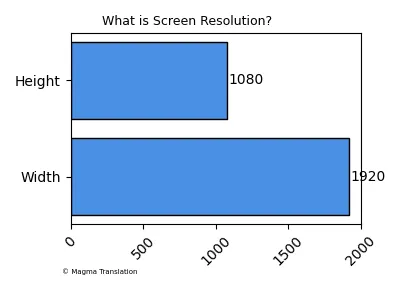
Common Screen Resolutions in Use
As of 2024, the most common screen resolutions include 1920 x 1080, which is used by 9.63% of digital device owners. Following closely is 360 x 880 at 7.01%, and 1366 x 768 at 4.92%. These resolutions are prevalent across desktops, tablets, and mobile devices, reflecting their adaptability to various screen sizes.
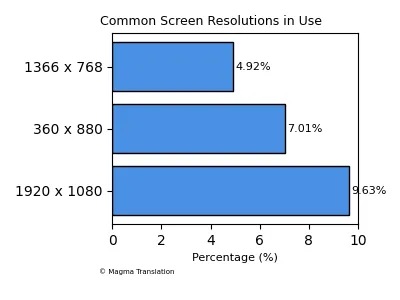
The Evolution of Screen Resolutions
The standard resolution for monitors has evolved significantly, with 1080p (1920 x 1080) being the most popular, offering over 2 million pixels. In contrast, 4K (3840 x 2160) provides four times the pixel count of 1080p, totaling over 8 million pixels. This evolution reflects advancements in technology and user demand for higher-quality displays.
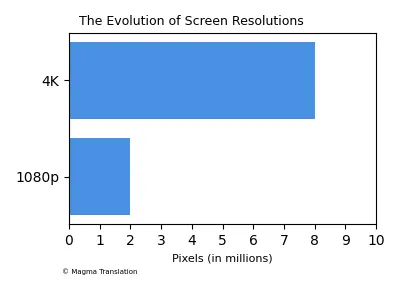
Impact of Resolution on Image Quality
Higher screen resolutions allow for sharper images and more content to be displayed without scrolling. Common resolutions include high-definition (1,366 x 768), full high-definition (1,920 x 1,080), and ultra-high-definition (3,840 x 2,160). The clarity of images improves significantly with higher resolutions, enhancing the overall viewing experience.
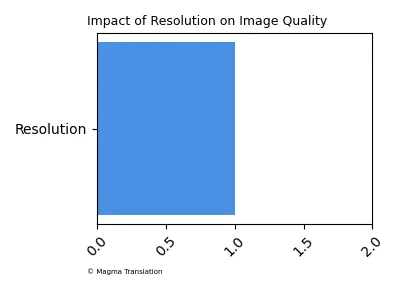
Choosing the Right Resolution for Your Needs
When selecting a monitor, consider the resolution that best fits your needs. For instance, a 27-inch 1080p display averages around $150, while a 32-inch display is recommended for optimal use of 4K resolution. Understanding your usage patterns can help you make an informed decision about the right screen resolution.
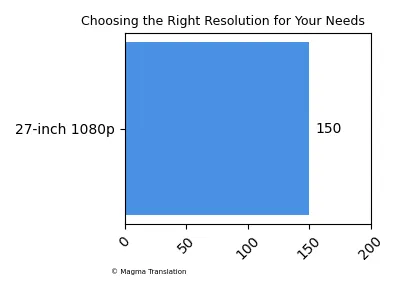
Screen Resolution and Gaming
In gaming, screen resolution plays a crucial role in the overall experience. Higher resolutions like 4K (3840 x 2160) provide more detail and immersion, while lower resolutions may suffice for casual gaming. The choice of resolution can affect performance and visual fidelity, making it essential for gamers to choose wisely.
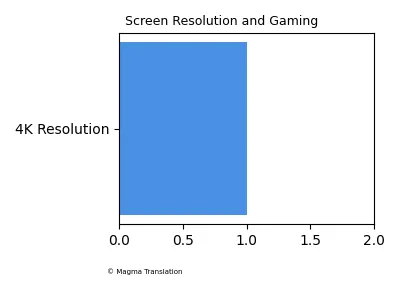
Future Trends in Screen Resolutions
As technology advances, we can expect to see even higher resolutions becoming mainstream. Currently, 8K UHD (7680 x 4320) is emerging, offering four times the resolution of 4K and sixteen times that of 1080p. This trend indicates a growing demand for sharper and more detailed displays across various applications.
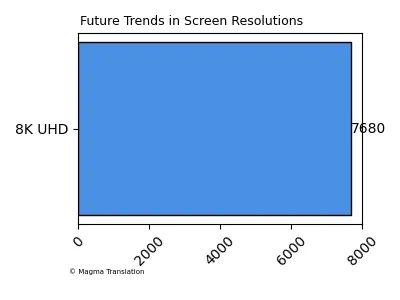
Understanding Aspect Ratios
Aspect ratio is another important factor to consider alongside resolution. The most common aspect ratio for modern displays is 16:9, which is ideal for watching movies and playing video games. Understanding the relationship between resolution and aspect ratio can help users select the best display for their needs.
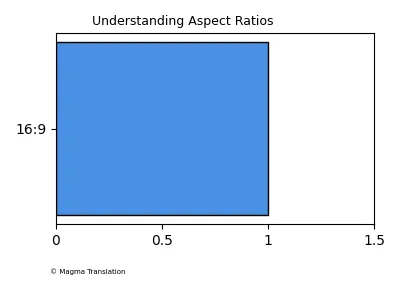
Conclusion: The Importance of Screen Resolution
In conclusion, screen resolution is a critical aspect of display technology that affects image quality, user experience, and overall satisfaction. As resolutions continue to evolve, staying informed about the latest trends and standards will help consumers make better choices for their devices. Whether for work, gaming, or entertainment, understanding screen resolutions is essential in today's digital world.
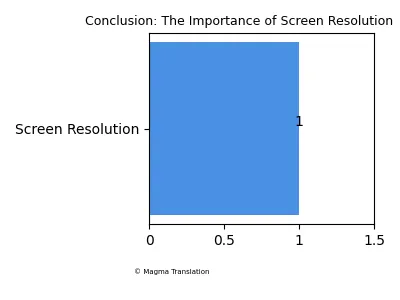
Exploring Different Types of Screen Resolutions
Standard Definition (SD) Resolutions
Standard Definition (SD) resolutions typically refer to 640 x 480 pixels. This resolution was common in older televisions and monitors but has largely been replaced by higher definitions in modern displays. While SD is still used in some applications, it lacks the clarity and detail that users expect today.
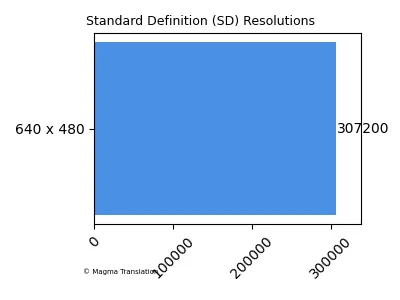
High Definition (HD) Resolutions
High Definition (HD) resolutions, such as 1280 x 720 pixels, marked a significant improvement over SD. This resolution is often referred to as 720p and is commonly used in smaller screens, where the lower pixel count is less noticeable. HD has become a standard for many streaming services and broadcasts.
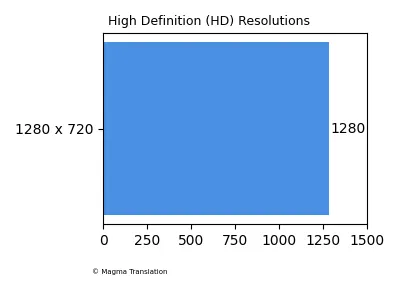
Full High Definition (FHD) Resolutions
Full High Definition (FHD) is defined as 1920 x 1080 pixels. This resolution is widely used in televisions, monitors, and laptops, providing a clear and detailed image. FHD has become the baseline for quality in many consumer electronics, making it a popular choice for users.
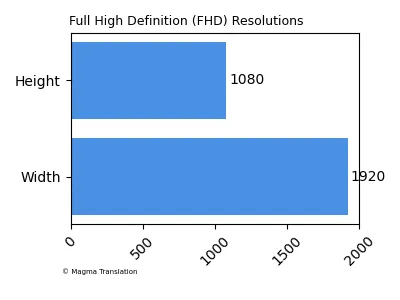
Quad High Definition (QHD) Resolutions
Quad High Definition (QHD) resolutions, also known as 2K, are typically 2560 x 1440 pixels. This resolution offers four times the pixel count of standard HD, resulting in sharper images and more detail. QHD is increasingly popular among gamers and professionals who require high-quality displays.
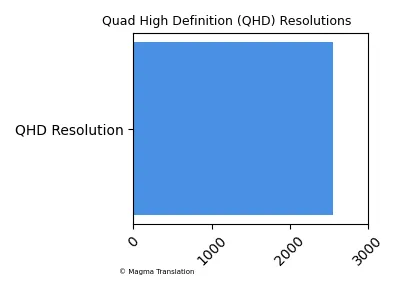
Ultra High Definition (UHD) Resolutions
Ultra High Definition (UHD) resolutions, commonly referred to as 4K, measure 3840 x 2160 pixels. This resolution provides four times the detail of FHD, making it ideal for large screens and immersive viewing experiences. UHD is becoming the standard for high-end televisions and monitors.
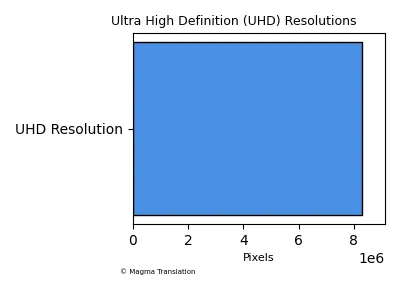
8K Resolution: The Next Frontier
8K resolution, or 7680 x 4320 pixels, represents the highest standard currently available in consumer displays. With sixteen times the pixel count of 1080p, 8K offers unparalleled detail and clarity. However, the availability of 8K content is still limited, making it a niche option for most users.
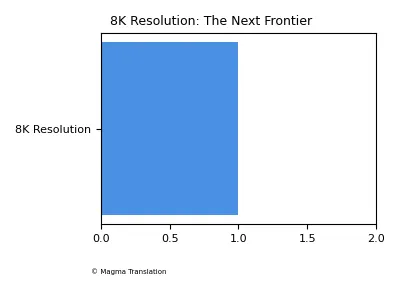
Aspect Ratios and Their Importance
Aspect ratios, such as 16:9 for widescreen displays, play a crucial role in how content is displayed. Understanding aspect ratios helps users select the right monitor for their needs, especially for gaming and media consumption.
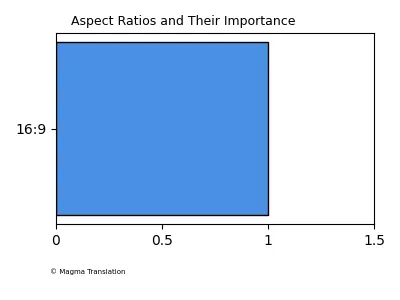
Choosing the Right Resolution for Gaming
In gaming, the choice of resolution can significantly impact performance and visual fidelity. Many gamers prefer 1440p (2560 x 1440) or 4K resolutions for a more immersive experience. The right resolution can enhance gameplay and provide a competitive edge.
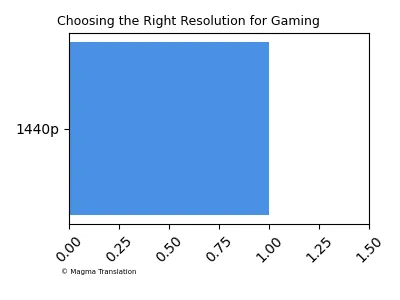
Screen Resolution and Content Creation
For content creators, screen resolution is vital for producing high-quality work. Resolutions like 4K (3840 x 2160) are preferred for video editing and graphic design, as they allow for greater detail and precision in visual projects.
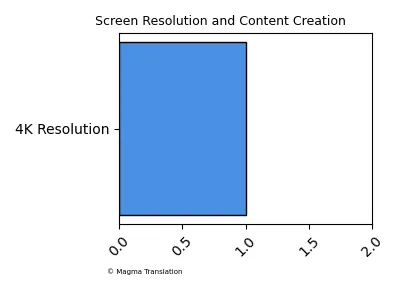
Future Trends in Display Technology
As technology advances, we can expect to see new resolutions and display technologies emerging. Innovations in OLED and MicroLED displays are paving the way for even higher resolutions and better image quality, indicating a bright future for screen technology.
Advanced Concepts in Screen Resolutions
Understanding Pixel Density (PPI)
Pixel density, measured in pixels per inch (PPI), is crucial for determining the clarity of an image on a display. For example, a 27" 4K monitor has a pixel density of approximately 163 PPI, while a 27" 1080p monitor has about 82 PPI. Higher PPI values indicate sharper images, making pixel density an important factor in display quality.
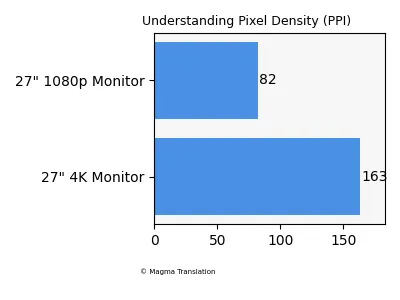
Resolution and Screen Size: Finding the Balance
When choosing a monitor, the relationship between resolution and screen size is vital. A larger screen with a lower resolution may result in a less sharp image compared to a smaller screen with a higher resolution. Understanding this balance can help users select the best display for their needs.
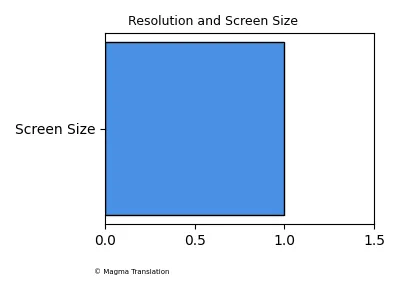
Impact of Resolution on Gaming Performance
In gaming, higher resolutions can enhance visual fidelity but may also require more powerful hardware. For instance, 4K gaming demands a robust graphics card to maintain smooth frame rates. Gamers must consider their system's capabilities when choosing a resolution for optimal performance.

Screen Resolution and Streaming Services
Streaming services have adopted various resolutions to cater to different user needs. For example, 720p and 1080p are common for online streaming, while 4K content is becoming increasingly available. Understanding these resolutions can help users choose the best settings for their viewing experience.
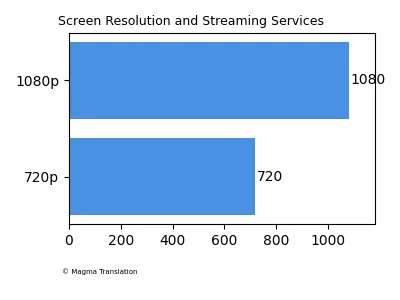
Resolution and Virtual Reality (VR)
In virtual reality, screen resolution plays a critical role in immersion. Higher resolutions, such as 4K, can significantly enhance the realism of VR experiences. As VR technology advances, the demand for higher resolutions will likely increase to improve user experiences.
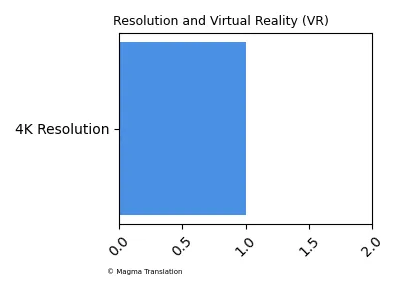
Screen Resolution in Mobile Devices
Mobile devices have unique resolution requirements due to their smaller screens. Common resolutions include 360 x 800 and 414 x 896. Understanding these resolutions is essential for app developers and designers to ensure optimal user experiences on mobile platforms.
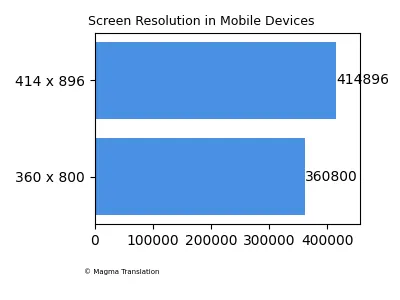
Resolution and Content Delivery
Content delivery networks (CDNs) often optimize media based on screen resolution. For instance, streaming platforms may deliver different resolutions based on user bandwidth and device capabilities. This optimization ensures that users receive the best possible experience without buffering or quality loss.
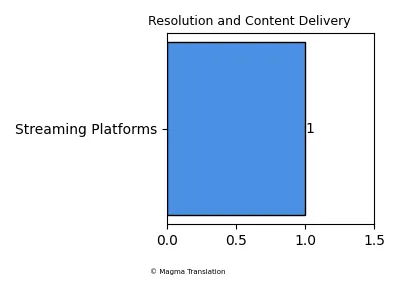
Screen Resolution and Accessibility
Screen resolution can impact accessibility for users with visual impairments. Higher resolutions can make text and images clearer, but they may also require users to adjust settings for optimal viewing. Understanding how resolution affects accessibility is crucial for developers aiming to create inclusive digital experiences.
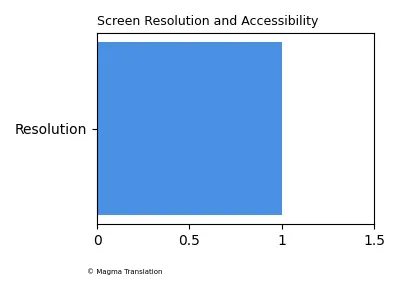
Future of Screen Resolutions in Technology
The future of screen resolutions is likely to see continued advancements, with technologies like OLED and MicroLED paving the way for even higher resolutions and better image quality. As consumer demand for sharper displays grows, manufacturers will need to innovate to meet these expectations.
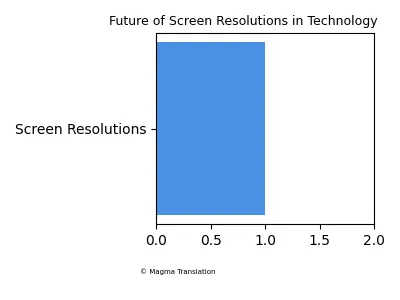
Screen Resolution and Environmental Impact
As screen resolutions increase, so does the energy consumption of displays. Higher resolutions often require more power, which can have environmental implications. Understanding the energy efficiency of different resolutions can help consumers make more sustainable choices when selecting devices.
Technical Aspects of Screen Resolutions
Understanding Resolution Standards
Screen resolutions are categorized into various standards, including HD (1280 x 720), Full HD (1920 x 1080), and 4K (3840 x 2160). Each standard offers different levels of detail and clarity, catering to various user needs and preferences. Knowing these standards helps consumers make informed decisions when purchasing displays.
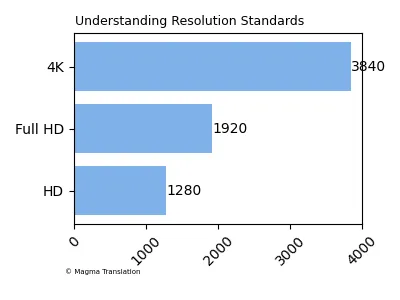
Resolution and Color Depth
Color depth, measured in bits, refers to the number of colors a pixel can display. Higher resolutions often come with increased color depth, enhancing the overall visual experience. For instance, a 4K display may support a wider color gamut, providing more vibrant and accurate colors compared to lower resolutions.
Screen Resolution and Image Scaling
Image scaling is essential for maintaining visual quality across different resolutions. When a lower resolution image is displayed on a higher resolution screen, scaling techniques are used to enhance the image. However, improper scaling can lead to pixelation or blurriness. Understanding how scaling works can help users optimize their display settings for better image quality source.
Resolution and Display Technology
Different display technologies, such as LCD, LED, and OLED, can affect how resolutions are perceived. For example, OLED displays often provide better contrast and color accuracy at higher resolutions compared to traditional LCDs. This difference can significantly impact the viewing experience, especially in high-resolution formats like 4K and 8K.
Screen Resolution in Professional Environments
In professional settings, such as graphic design and video editing, higher resolutions are crucial for precision and detail. Resolutions like 4K are often preferred for their ability to display intricate details, allowing professionals to work more effectively. Understanding the importance of resolution in these fields can help individuals choose the right equipment.
Resolution and User Experience
User experience is heavily influenced by screen resolution. Higher resolutions can lead to a more immersive experience, especially in gaming and multimedia applications. For instance, 4K gaming provides stunning visuals that enhance gameplay, making it essential for gamers to consider resolution when selecting their displays.
Screen Resolution and Accessibility Features
Screen resolution can impact accessibility features for users with visual impairments. Higher resolutions can make text and images clearer, but they may also require users to adjust settings for optimal viewing. Understanding how resolution affects accessibility is crucial for developers aiming to create inclusive digital experiences source.
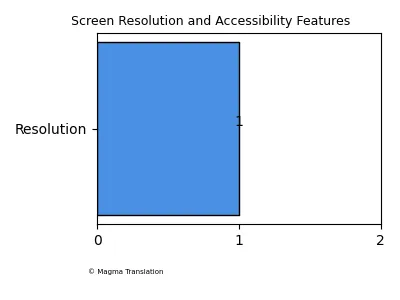
Resolution and Content Creation Tools
For content creators, screen resolution is vital for producing high-quality work. Resolutions like 4K (3840 x 2160) are preferred for video editing and graphic design, as they allow for greater detail and precision in visual projects. Understanding the role of resolution in content creation can help professionals achieve better results.
Screen Resolution and Digital Marketing
In digital marketing, understanding screen resolution is essential for optimizing content for various devices. Marketers must ensure that images and videos are displayed correctly across different resolutions to maintain engagement. For example, using responsive design techniques can help ensure that content looks great on any screen size.
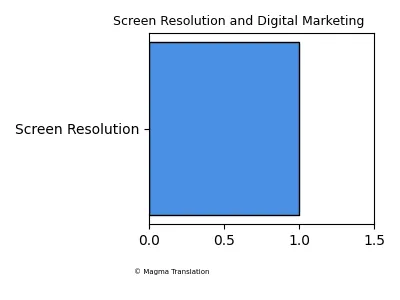
Future Innovations in Screen Resolution
The future of screen resolution is likely to see continued advancements, with technologies like OLED and MicroLED paving the way for even higher resolutions and better image quality. As consumer demand for sharper displays grows, manufacturers will need to innovate to meet these expectations.
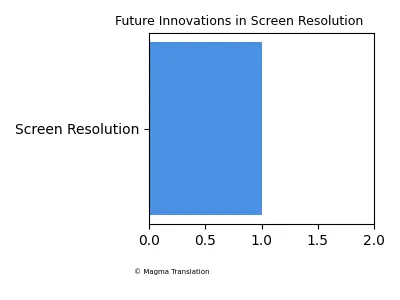
Screen Resolutions in Different Contexts
Screen Resolution in Education
In educational settings, screen resolution plays a significant role in the effectiveness of digital learning tools. Higher resolutions, such as 4K, can enhance the clarity of educational content, making it easier for students to engage with materials. This is particularly important in subjects that rely heavily on visual aids, such as science and art.
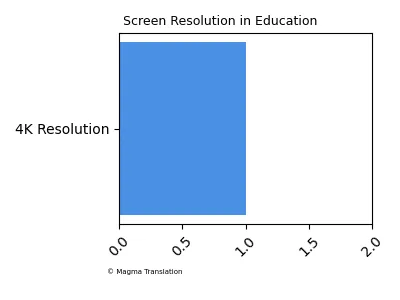
Screen Resolution and Telecommuting
With the rise of remote work, screen resolution has become increasingly important for telecommuters. A resolution of 1920 x 1080 is often recommended for video conferencing, as it provides clear visuals for meetings. Ensuring that employees have the right resolution can improve communication and collaboration in a remote work environment.
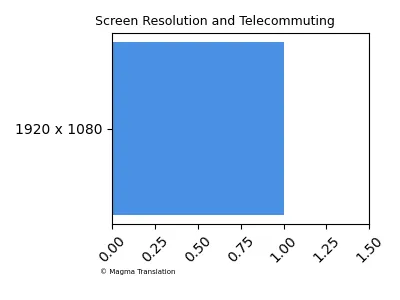
Screen Resolution in Mobile Gaming
Mobile gaming has seen a surge in popularity, and screen resolution is a critical factor in the gaming experience. Resolutions like 360 x 800 and 414 x 896 are common in mobile devices, impacting gameplay and graphics quality. Developers must optimize games for various resolutions to ensure a smooth experience for all players.
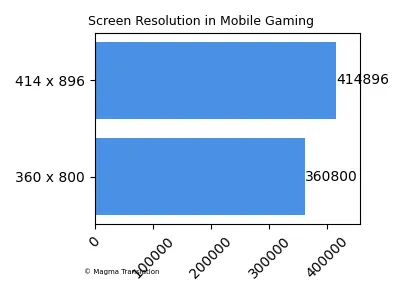
Screen Resolution and Photography
For photographers, screen resolution is crucial for editing and displaying images. Higher resolutions, such as 4K, allow for more detailed editing and better representation of images. Understanding the importance of resolution can help photographers choose the right monitors for their work.
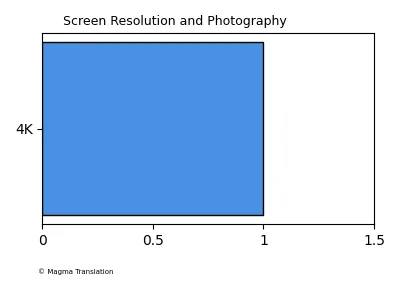
Screen Resolution in Advertising
In advertising, screen resolution can significantly affect the effectiveness of visual campaigns. High-resolution images and videos are essential for capturing audience attention and conveying messages clearly. Advertisers often use 1080p or higher resolutions to ensure their content stands out across various platforms, including social media and digital billboards.
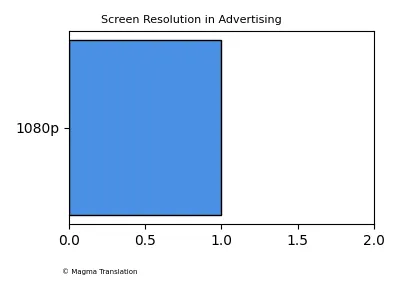
Screen Resolution and Virtual Meetings
As virtual meetings become more prevalent, screen resolution plays a crucial role in ensuring clear communication. A resolution of 1920 x 1080 is often recommended for video conferencing, as it provides sharp visuals that enhance participant engagement. Ensuring that all participants have adequate resolution can significantly improve the overall quality of virtual meetings.
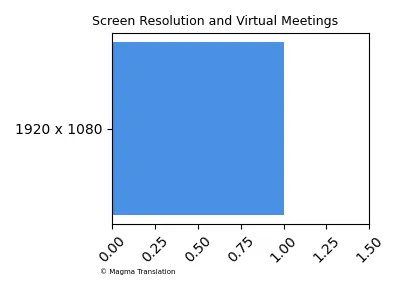
Screen Resolution and Virtual Meetings
As virtual meetings become more common, screen resolution plays a vital role in ensuring clear communication. A resolution of 1920 x 1080 is often recommended for video conferencing, as it provides a clear view of participants and shared content. Ensuring that all participants have adequate resolution can enhance the overall effectiveness of virtual meetings.
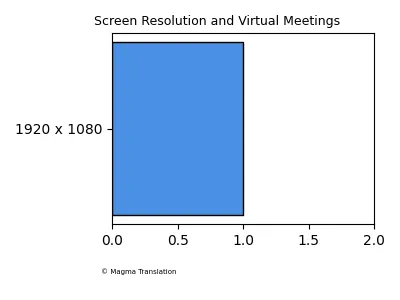
Conclusion
Understanding screen resolutions is essential in today's digital landscape, impacting everything from user experience to professional applications.
